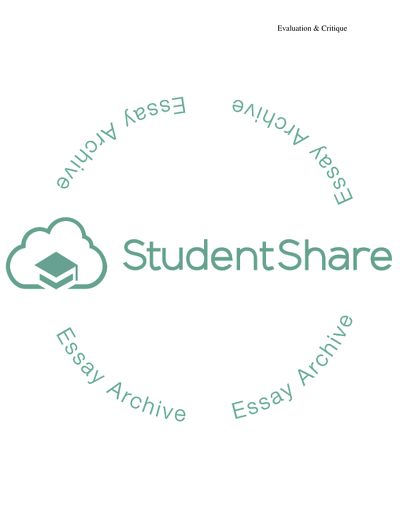Cite this document
(“Mutation as a Diversity Enhancing Mechanism in Genetic Programming Essay”, n.d.)
Retrieved de https://studentshare.org/information-technology/1391888-mutation-as-a-diversity-enhancing-mechanism-in-genetic-programming
Retrieved de https://studentshare.org/information-technology/1391888-mutation-as-a-diversity-enhancing-mechanism-in-genetic-programming
(Mutation As a Diversity Enhancing Mechanism in Genetic Programming Essay)
https://studentshare.org/information-technology/1391888-mutation-as-a-diversity-enhancing-mechanism-in-genetic-programming.
https://studentshare.org/information-technology/1391888-mutation-as-a-diversity-enhancing-mechanism-in-genetic-programming.
“Mutation As a Diversity Enhancing Mechanism in Genetic Programming Essay”, n.d. https://studentshare.org/information-technology/1391888-mutation-as-a-diversity-enhancing-mechanism-in-genetic-programming.


